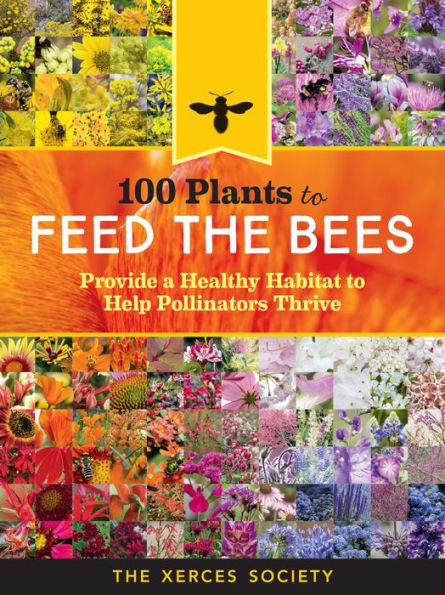5
1

100 Plants to Feed the Bees: Provide a Healthy Habitat to Help Pollinators Thrive
240
100 Plants to Feed the Bees: Provide a Healthy Habitat to Help Pollinators Thrive
240
18.99
In Stock

Product Details
| ISBN-13: | 9781612127019 |
|---|---|
| Publisher: | Storey Publishing, LLC |
| Publication date: | 11/29/2016 |
| Pages: | 240 |
| Sales rank: | 162,947 |
| Product dimensions: | 5.90(w) x 7.90(h) x 0.60(d) |
About the Author
From the B&N Reads Blog
















